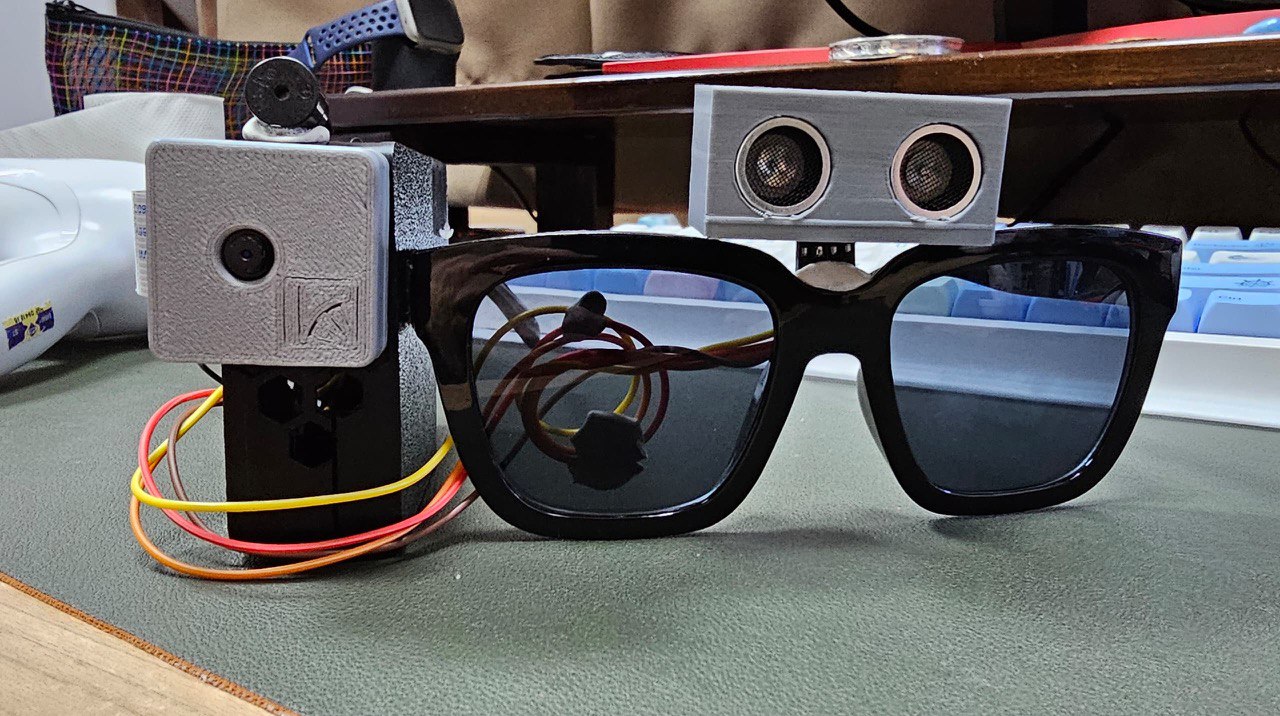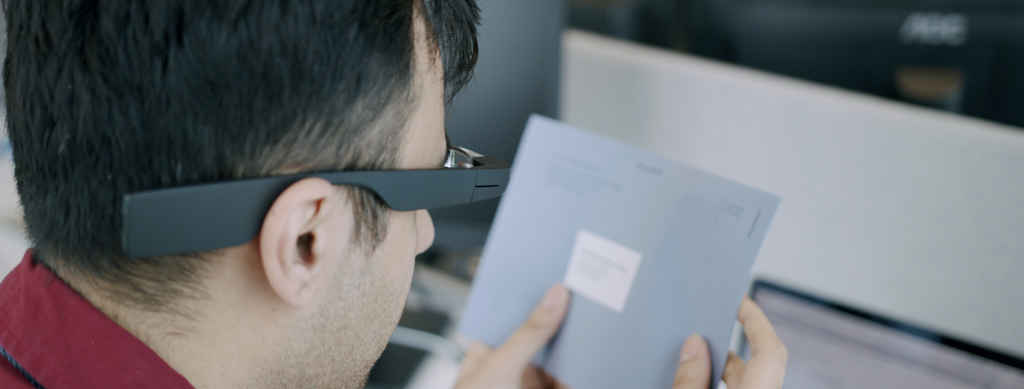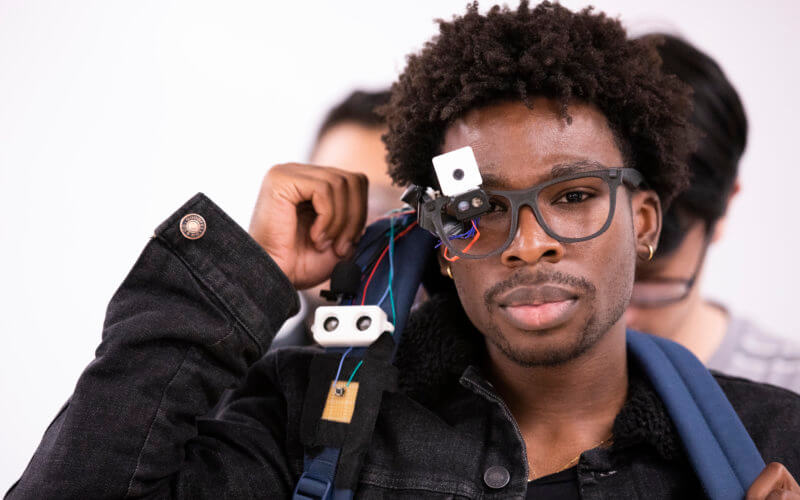Empowering Self-reliance With Assistive Modern Technology for the Blind
The combination of assistive innovation for people that are blind or visually impaired stands for a considerable development in promoting freedom and enhancing lifestyle. With a variety of gadgets-- from display readers to cutting-edge tactile tools-- these modern technologies not just facilitate navigation and interaction but additionally advertise social incorporation and participation in various aspects of life. As we check out the varied types of assistive tools and their real-world applications, it comes to be clear that the effect is profound. The development of this modern technology increases important questions concerning availability and future developments that call for more assessment.
Recognizing Assistive Technology
Although assistive technology has evolved substantially throughout the years, its fundamental purpose continues to be the same: to boost the top quality of life for people with handicaps, particularly those that are blind or aesthetically impaired. This modern technology encompasses a broad variety of devices and devices that help with independence and capability in day-to-day tasks.
Assistive innovation can be classified into high-tech and low-tech services, each developed to fulfill particular needs. State-of-the-art gadgets commonly consist of software applications, specialized equipment, and flexible devices that utilize sophisticated innovation to supply support in numerous contexts. On the other hand, low-tech options may involve everyday items that are customized to enhance ease of access, such as magnifiers or responsive pens.
The integration of assistive technology into the lives of people that are blind or aesthetically harmed not just advertises autonomy but additionally fosters social incorporation and involvement in expert and instructional settings. By leveraging these innovations, individuals can browse their environments, accessibility information, and communicate effectively, consequently enhancing their general lifestyle. Comprehending assistive modern technology is important for supporters, experts, and caregivers who aim to sustain individuals in maximizing their potential and achieving greater freedom.
Sorts Of Assistive Instruments
Assistive devices for the aesthetically impaired and blind are vital tools that boost daily living by attending to details challenges encountered by customers. These gadgets can be broadly classified into 3 main kinds: optical gadgets, digital devices, and sensory gadgets.

Sensory gadgets, such as Braille screens and tactile maps, give alternate means to receive information. Braille presents convert electronic message into Braille, enabling individuals to go through touch. Tactile maps provide spatial understanding through elevated lines and structures, enabling for far better environmental recognition.
With each other, these assistive tools encourage people with aesthetic disabilities to engage more fully with their surroundings, promoting better self-reliance and self-confidence in everyday tasks.

Effect on Every Day Life
The combination of assistive technology right into the day-to-days live of people that are visually impaired or blind considerably improves their capacity to interact and navigate with the world around them. Devices such as screen readers, Braille shows, and mobile applications assist in accessibility to info, permitting customers to engage with digital web content, interact effectively, and handle daily tasks individually.
Furthermore, innovations like smart glasses and navigation apps offer real-time support in strange atmospheres, boosting flexibility and confidence. These tools make it possible for customers to identify challenges, reviewed indicators, read what he said and even recognize faces, therefore fostering a feeling of freedom in public spaces. In addition, home automation systems, which can be regulated with voice commands, permit individuals to manage their living settings better, boosting convenience and security.
The effect of assistive technology extends past functional tasks; it advertises social incorporation and psychological click reference health. By bridging the gap in between people and their environments, these modern technologies equip users to get involved completely in area tasks, seek academic chances, and involve in meaningful relationships. Eventually, the improvement of assistive technology is crucial in redefining the opportunities for individuals who are aesthetically damaged or blind, resulting in a more inclusive and easily accessible culture.
Success Stories and Reviews

An additional powerful review originates from Mark, a current college grad that utilized screen reading software program throughout his scholastic trip. This modern technology allowed him to gain access to training course materials and take part in discussions, inevitably bring about his effective change into the labor force. Mark credits assistive innovation for empowering him to accomplish his job goals, emphasizing its role in leveling the having fun field for individuals with aesthetic disabilities.
Furthermore, community facilities have reported boosted participation in their programs many thanks to the intro of available electronic platforms. These platforms have actually made it much easier for people to connect, share resources, and support one an additional. These success tales collectively highlight the extensive result of assistive technology in fostering freedom, boosting lifestyle, and damaging down barriers for the visually damaged and blind neighborhood.
Future Trends in Assistive Tech
Emerging innovations are positioned to reinvent the landscape of assistive tech for individuals that are visually impaired or blind. Developments in fabricated intelligence (AI) and artificial intelligence are enhancing the capabilities of gadgets, making it possible for more instinctive individual experiences. AI-driven applications are significantly able to identify things and check out message aloud in real-time, providing customers with useful information regarding their surroundings.
Additionally, innovations in wearable technology are creating brand-new opportunities for independence. Smart glasses furnished with enhanced fact features can overlay essential info onto the customer's visual field, helping with navigating and communication with the environment. Moreover, the integration of Net of Things (IoT) gadgets is enhancing availability in wise homes, permitting customers to control appliances and receive alerts with voice commands or responsive user interfaces.
The advancement of braille screens and responsive feedback systems is also optometrist working conditions increasing, advertising access to electronic material and boosting interaction. As these technologies continue to advance, they assure to boost everyday living, educational opportunities, and employment prospects for people with aesthetic problems. Continuous partnership between engineers, customers, and campaigning for groups will certainly be important in ensuring these technologies satisfy the needs of the community efficiently.
Conclusion
In conclusion, assistive modern technology plays a critical role in enhancing the self-reliance of individuals that are aesthetically impaired or blind. By supplying vital tools and sources, these technologies facilitate boosted access, communication, and navigating to info, consequently promoting autonomy and confidence. The transformative impact of assistive tools not only advertises reliable communication with the environment however likewise encourages social inclusion and engagement in numerous facets of life, inevitably encouraging individuals to grow within their communities.
The combination of assistive innovation for individuals who are aesthetically damaged or blind stands for a considerable improvement in promoting self-reliance and enhancing top quality of life.The combination of assistive technology into the lives of individuals who are blind or visually hindered not just advertises freedom however additionally cultivates social addition and involvement in specialist and academic atmospheres. Eventually, the innovation of assistive technology is instrumental in redefining the possibilities for people that are blind or visually impaired, leading to a more obtainable and inclusive society.
Several people that are visually impaired or blind have actually shared inspiring success tales that highlight the transformative influence of assistive modern technology on their lives.In verdict, assistive innovation plays a pivotal function in improving the freedom of individuals who are blind or visually damaged.